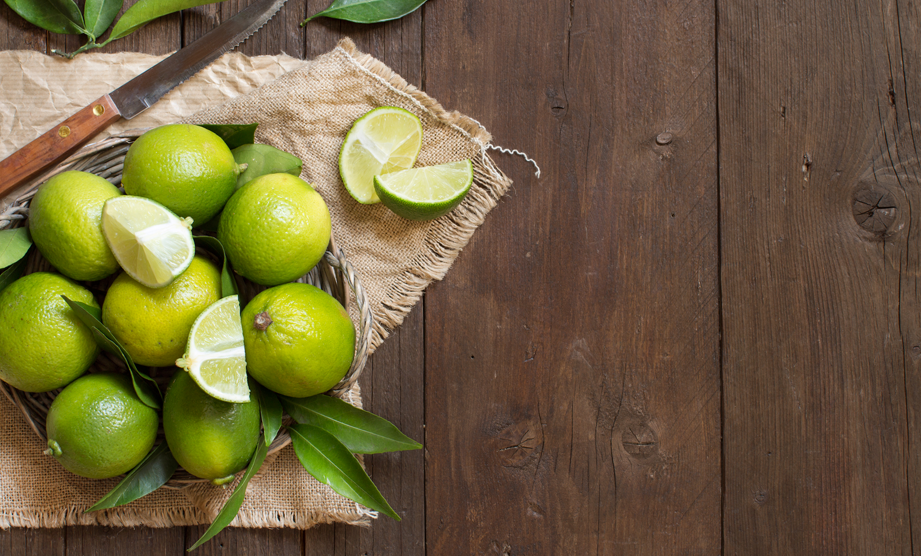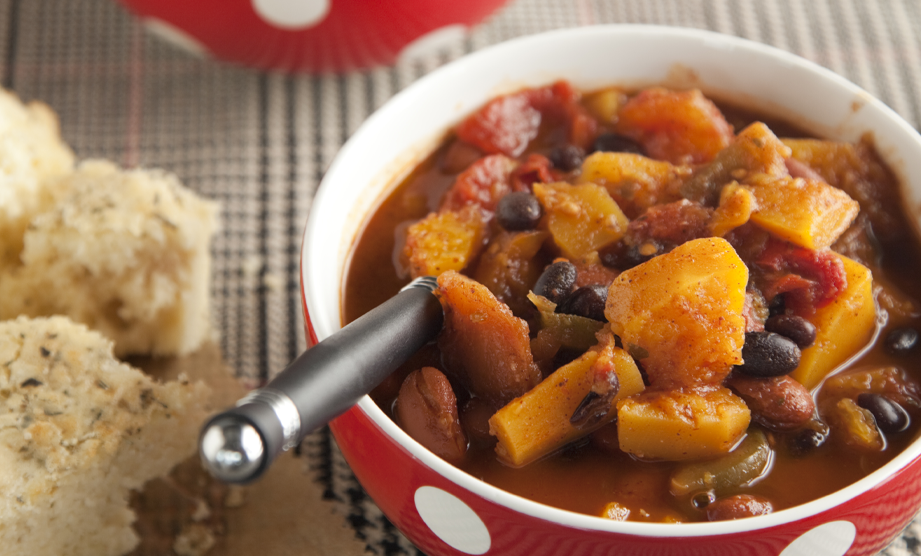We know what you’re thinking…you already know what limes are! But just because you’re familiar with this popular fruit, doesn’t mean there isn’t more to learn. Let’s get started, shall we?
History:
The lime was first grown on a large scale in Persia and southern Iraq. One of its first common usages was to battle scurvy in British sailors in the 19th century. Once its health effects caught on, their popularity grew. They are now an integral ingredient in Indian cuisine and used to flavor foods and beverages across the globe.
Variety:
There are many different types of limes, but the variety most commonly found in supermarkets is the Persian (or Tahitian) lime. This lime is large, juicy, and a little less tart. The other common variety is the Key, or Mexican, lime. They’re smaller with a pale yellowish-green skin and more acidity than the Persian lime. Other types of limes include the kaffir lime, Australian desert lime, and Kalamansi or Calamondin lime.
Selecting:
For the best limes, trust your nose! Scratch the skin of the lime and sniff it. A stronger lime smell means it’s more ripe. Choose limes for their bright green skin. Avoid limes with yellowish hues, as they won’t be as flavorful. The squeeze test is also helpful—limes that don’t squeeze are under-ripe and those that are too soft are too ripe. Look for a lime that is still firm but gives a little when squeezed. Lastly, heavier limes typically have more juice. This is another great tool to utilize to select the best limes.
Storing:
Limes can remain out at room temperature as long as they are uncut and out of the bright sunlight.—they will last about a week. Limes stored in the refrigerator’s crisper drawer will last for three to four weeks.
Yield:
One ripe, medium-sized lime should yield approximately two tablespoons of juice and two teaspoons of zest. To maximize the juice from your lime, roll it on a hard counter or briefly microwave it for 15-20 seconds before juicing it.
Substitutions:
If you’re short on limes, you can always substitute lime juice with vinegar, white wine, or lemon juice (other citrus juices will also work). Lemon, grapefruit, and orange zest will work as a replacement for lime zest; however, there will be a slightly different taste.
Now that they’re in season, we’re so excited to start using them even more in our kitchen. Happy cooking!









